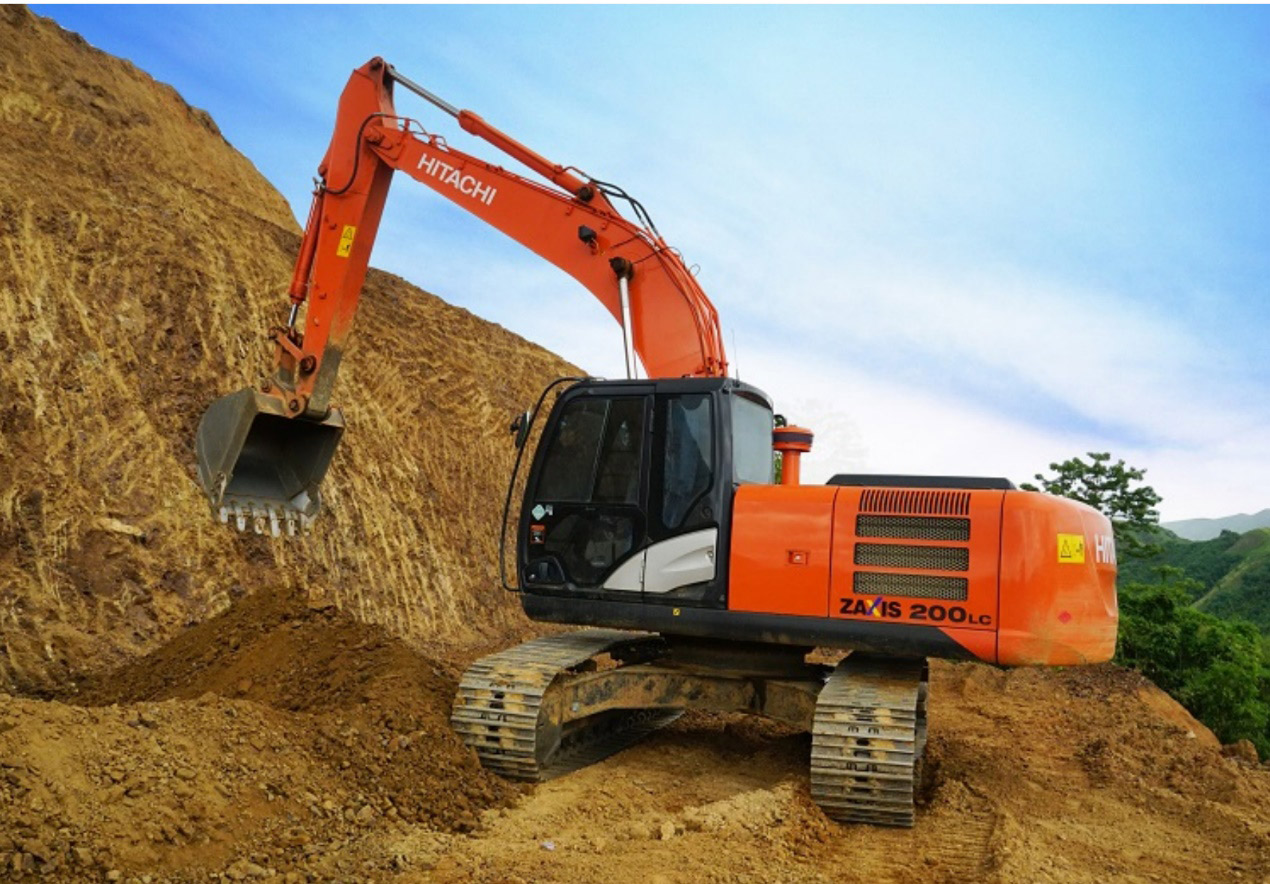
1. Effective excavation: When the bucket cylinder and connecting rod, the bucket cylinder and the bucket rod are at a 90 degree angle to each other, the excavation force is maximum; When the bucket teeth maintain a 30 degree angle with the ground, the digging force is the best, that is, the cutting resistance is the smallest; When excavating with a stick, ensure that the stick angle range is between 45 degrees from the front to 30 degrees from the rear. Using a boom and a bucket simultaneously can improve excavation efficiency.
2. Using a bucket to excavate rock can cause significant damage to the machine and should be avoided as much as possible; When excavation is necessary, the position of the machine body should be adjusted according to the crack direction of the rock, so that the bucket can be smoothly shoveled in and excavated; Insert the bucket teeth into the cracks in the rock and excavate with the digging force of the bucket rod and bucket (pay attention to the sliding of the bucket teeth); Rock that has not been broken should be broken before excavating with a bucket.
3. During slope leveling operations, the machine should be placed flat on the ground to prevent the body from shaking. It is important to grasp the coordination of the movements of the boom and the bucket. Controlling the speed of both is crucial for surface finishing.
4. When working in soft soil areas or in water, it is necessary to understand the degree of soil compaction, and pay attention to limiting the excavation range of the bucket to prevent accidents such as landslides and landslides, as well as deeper vehicle body subsidence. When working in water, pay attention to the allowable water depth range of the vehicle body (the water surface should be below the center of the carrier roller); If the horizontal plane is high, the internal lubrication of the slewing bearing will be poor due to water ingress, the engine fan blades will be damaged due to water impact, and electrical circuit components will have short circuits or open circuits due to water intrusion.
5. During the lifting operation with a hydraulic excavator, confirm the surrounding conditions of the lifting site, use high-strength lifting hooks and wire ropes, and try to use special lifting devices during lifting; The operation mode should be micro operation mode, and the action should be slow and balanced; The length of the lifting rope is appropriate, and if it is too long, the swing of the lifting object will be large and difficult to accurately control; Correctly adjust the bucket position to prevent the steel wire rope from slipping; Construction personnel should not approach the lifting object as much as possible to prevent danger due to improper operation.
6. When operating with a stable operating method, the stability of the machine not only improves work efficiency and extends the life of the machine, but also ensures safe operation (placing the machine on a relatively flat surface); The drive sprocket has better stability at the rear side than at the front side, and can prevent the final drive from being hit by external forces; The wheelbase of the track on the ground is always greater than the wheel base, so the stability of forward working is good, and lateral operation should be avoided as much as possible; Keep the excavation point close to the machine to improve stability and excavators; If the excavation point is far away from the machine, the operation will be unstable due to the forward movement of the center of gravity; Lateral excavation is less stable than forward excavation. If the excavation point is far from the center of the body, the machine will become more unstable. Therefore, the excavation point should be kept at a suitable distance from the center of the body to ensure balanced and efficient operation.
Post time: Apr-11-2023
